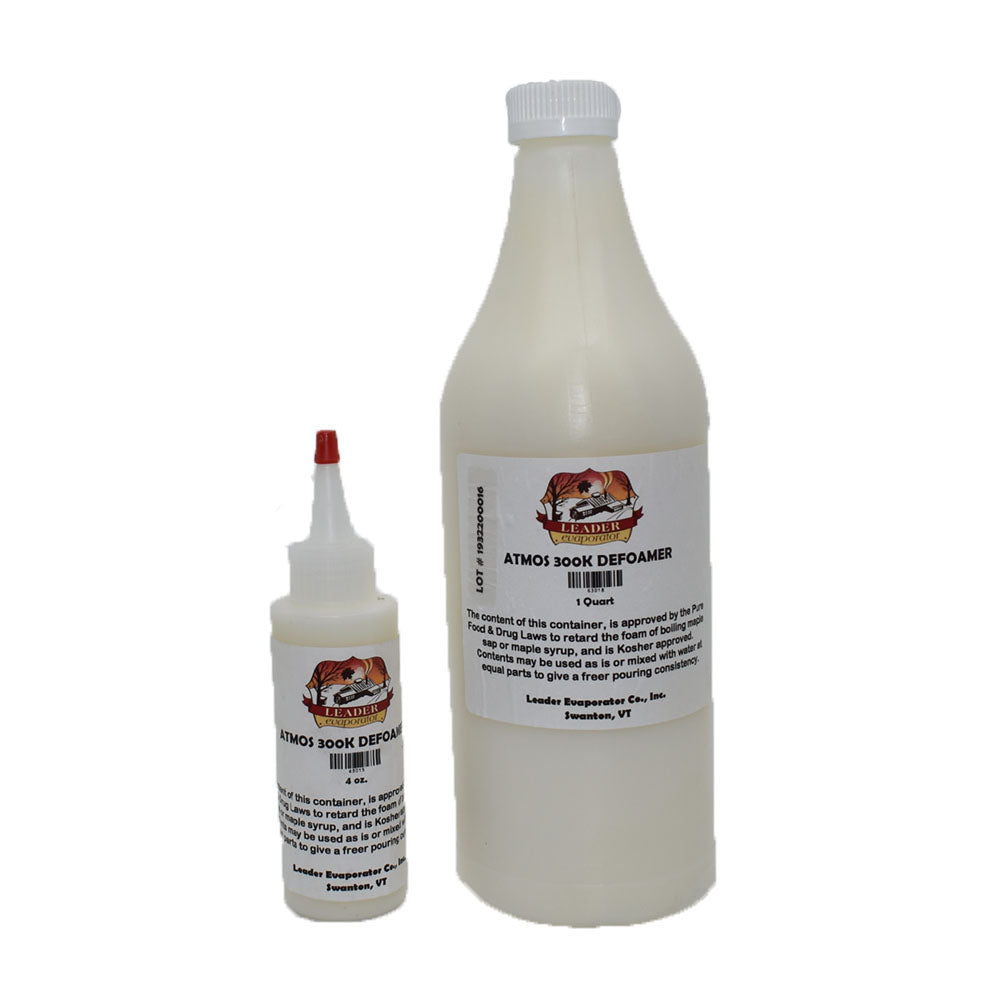How Defoamers Are Used to Prevent Foam in Food and Beverage Production
How Defoamers Are Used to Prevent Foam in Food and Beverage Production
Blog Article
The Role of Defoamers in Enhancing Item Quality and Efficiency
Defoamers serve as necessary ingredients that mitigate this problem, guaranteeing smoother manufacturing operations while boosting the useful and visual characteristics of the final products. The option of the appropriate defoamer can be vital to accomplishing ideal outcomes, elevating essential concerns regarding formula compatibility and performance metrics that merit more expedition.
Understanding Defoamers
Understanding the role of defoamers is important for preserving product quality across various industries. Defoamers are chemical additives designed to reduce and avoid the formation of foam in liquid systems, which can negatively impact processes such as mixing, filling, and surface stress. Lathering can result in inefficiencies, product problems, and jeopardized visual charm, making defoamers an important element in making procedures.
In commercial applications, defoamers aid to improve item consistency and stability. The effective usage of defoamers not only makes sure smoother manufacturing procedures yet also adds to exceptional product performance.
Additionally, the selection and formula of a defoamer must align with specific application demands, such as compatibility with various other components, performance under varying temperature and pH conditions, and possible regulatory restrictions. Inevitably, recognizing defoamers' functions and their significance in numerous formulations is vital for maximizing manufacturing and ensuring the best quality end items.
Sorts Of Defoamers
Defoamers can be categorized into numerous kinds based on their make-up and device of action. The primary types include silicone-based, non-silicone organic, and inorganic defoamers.
Silicone-based defoamers are among one of the most reliable, largely because of their capacity to spread rapidly on the liquid surface and disrupt foam formation. Their special chemical framework permits for superior stability, making them appropriate for high-temperature applications and settings with differing pH degrees.
Non-silicone natural defoamers, frequently made up of all-natural oils or fats, are valued for their biodegradability and reduced poisoning. These are usually utilized in food and drink applications where security and environmental influence are paramount.
Not natural defoamers, that include materials like talc or calcium carbonate, act by raising the thickness of the liquid, therefore reducing foam security. They are often made use of in commercial procedures where compatibility with various other materials is not a concern.
Each sort of defoamer has distinctive benefits and restrictions, enabling tailored solutions depending on the specific frothing problems experienced in different applications. Recognizing these distinctions is important for optimizing efficiency and achieving wanted item high quality.
Applications Throughout Industries
Many sectors utilize defoamers to improve product top quality and operational effectiveness. In the food and beverage field, defoamers are vital in processes such as developing and dairy products production to stop foam formation, which can cause inefficiencies and item inconsistency. By managing foam, producers can ensure much better return and a much more consistent product.
In the pharmaceutical sector, defoamers play an important function in the solution of liquid drugs, where excessive foam can hamper mixing and precise dosing. Their use helps keep the integrity of the formulas and facilitates smoother production procedures.
The paint and finishes industry likewise counts on defoamers to enhance the performance of items throughout application. By reducing foam, these additives make sure a smoother finish and improve the visual qualities of the final item.

Advantages of Utilizing Defoamers
While the application of defoamers varies across industries, their advantages continually boost item top quality and process efficiency. One significant advantage is the decrease of foam formation during manufacturing processes, which can otherwise lead to manufacturing hold-ups and inconsistencies in product high quality. By reducing foam, defoamers enable a smoother circulation of products, helping with much more efficient procedures and minimizing the probability of devices breakdowns.
Additionally, making use of defoamers can boost the appearance and texture of end products. In markets such as finishes, paints, and food processing, too much foam can compromise the aesthetic aesthetic appeals and total top quality, while the suitable defoamer application makes certain a consistent finish and desirable features. In addition, defoamers can contribute to set you back financial savings by lowering waste during production and enhancing using resources (defoamers).

Choosing the Right Defoamer
Selecting the best defoamer is important for enhancing production processes and ensuring item top quality. The selection of defoamer affects not only the efficiency of foam control but likewise the total performance qualities of the final product. Variables to think about consist of the type of application, the chemistry of the formulation, and the ecological problems under which the product will certainly be utilized.
Different industries might need certain defoamer kinds, such as silicone-based, natural, or polymeric defoamers. Comprehending the compatibility of the defoamer with the key components is necessary to prevent adverse responses that could jeopardize item stability. Furthermore, the defoamer's efficiency in various temperatures and here pH levels should be examined to guarantee regular performance.
Testing the defoamer in small-scale applications can supply useful insights into its efficiency and viability. Factor to consider of regulatory compliance, particularly in food, pharmaceuticals, and cosmetics, is extremely important sites in selecting a defoamer. Ultimately, a complete analysis of these elements will certainly cause the option of a defoamer that not only controls foam properly but likewise improves the high quality and efficiency of the final item.
Final Thought

In conclusion, defoamers are essential ingredients that substantially boost item high quality and performance across numerous sectors. The strategic option and application of defoamers lead to set you back savings, maximized source use, and enhanced customer satisfaction.
Frothing can lead to ineffectiveness, product issues, and endangered aesthetic appeal, making defoamers a critical part in producing procedures.

Report this page